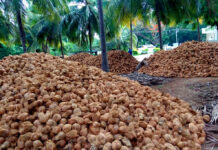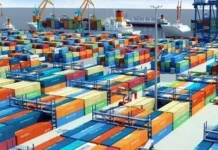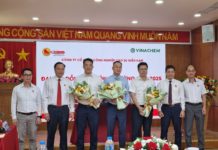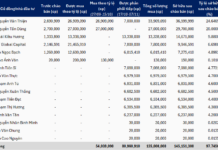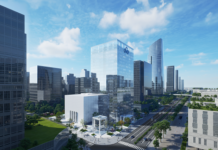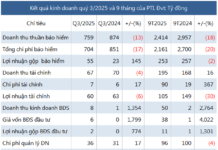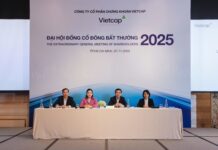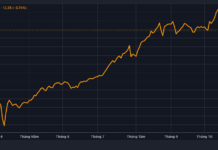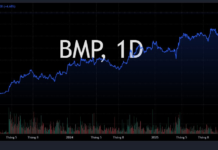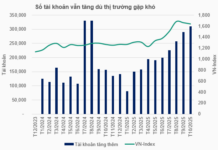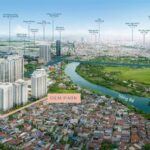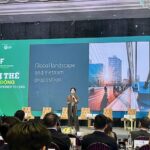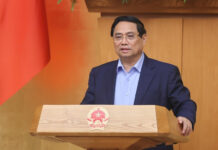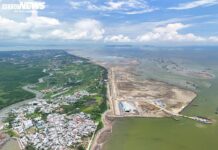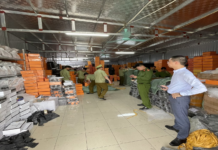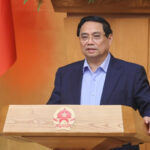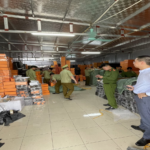Notably, the realized capital reached an estimated $21.3 billion, the highest in the past five years. In terms of newly registered capital, 3,321 projects were licensed with a registered capital of $14 billion, marking a 21% increase in the number of projects and a 7.6% decrease in registered capital compared to the same period last year.
Additionally, 1,206 previously licensed projects from prior years registered an investment capital increase of $12.1 billion, a 45% rise compared to the same period last year.
Furthermore, foreign investors contributed capital and purchased shares in 2,918 instances, totaling $5.34 billion, a 45% increase compared to the same period last year.
The largest sector attracting foreign investment remains manufacturing. Including both newly registered capital and adjusted capital from previously licensed projects, foreign direct investment in the manufacturing sector reached $16.37 billion, accounting for 62.5% of the total newly registered and additional capital.
Real estate business activities attracted $5.3 billion, representing 20.3%, while other sectors secured $4.49 billion, accounting for over 17%.
Singapore emerged as the largest investor with $3.76 billion, constituting 26.7% of the total newly registered capital. China followed with $3.2 billion, making up 22.8%. Hong Kong (China), Japan, and Sweden each invested over $1 billion.
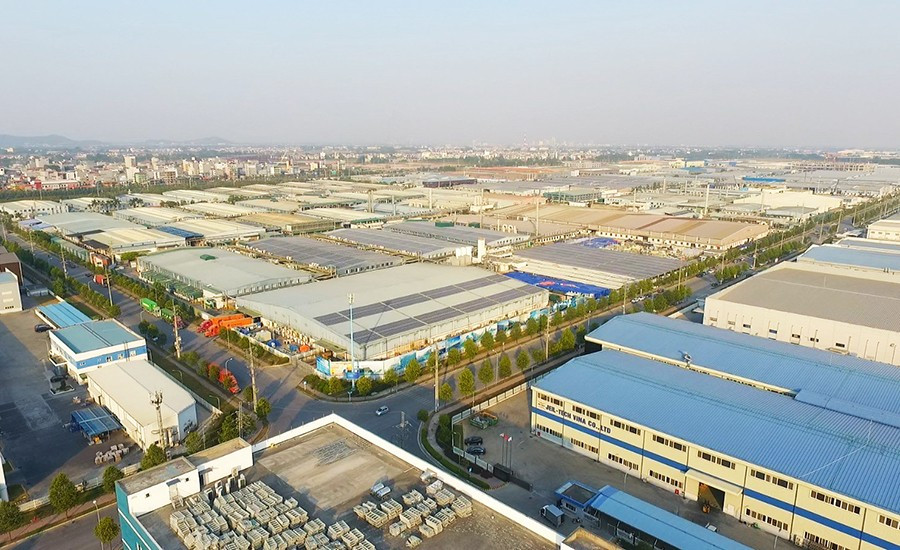
Bac Ninh continues to lead the nation in attracting new FDI capital.
In terms of investment locations, Bac Ninh leads in attracting new FDI capital, reaching over $1.7 billion across 321 projects. The province prioritizes high-tech projects with significant budget contributions. To enhance investment attraction, Bac Ninh is accelerating land clearance for industrial zones and clusters approved for investment in 2024 and 2025, while also completing technical infrastructure to create clean land funds.
Ho Chi Minh City ranks second with total new FDI capital exceeding $1.6 billion. Hai Phong follows in third place with over $1.5 billion, followed by Hung Yen, Gia Lai, Dong Nai, and Ninh Binh, each with new FDI capital surpassing $1 billion in the first ten months.
Regarding Vietnamese outbound investment, 148 new projects were certified in the first ten months, with total Vietnamese capital reaching $742.8 million, a 72.8% increase compared to the same period last year. Capital adjustments were made in 28 projects, increasing by $358.2 million, an 8.3-fold rise.
Overall, Vietnam’s total outbound investment (new and adjusted capital) reached $1.1 billion, 2.3 times higher than the same period last year.
Unveiling the Top Regions Surpassing $1 Billion in New FDI Capital Attraction in the First 10 Months of 2025
The latest report from the General Statistics Office (Ministry of Finance) reveals that as of October 31, 2025, Vietnam’s total registered foreign direct investment (FDI) reached $31.52 billion. This figure includes newly registered capital, adjusted capital, and the value of capital contributions and share purchases by foreign investors, marking a 15.6% increase compared to the same period last year.
Ho Chi Minh City Real Estate: Scarce Supply Meets Dwindling Affordability
Residential real estate in Ho Chi Minh City faced continued challenges in Q3 and the first nine months of 2025, marked by persistent supply shortages and declining affordability. These pressures have accelerated a trend of homebuyers shifting their focus to neighboring provinces.



